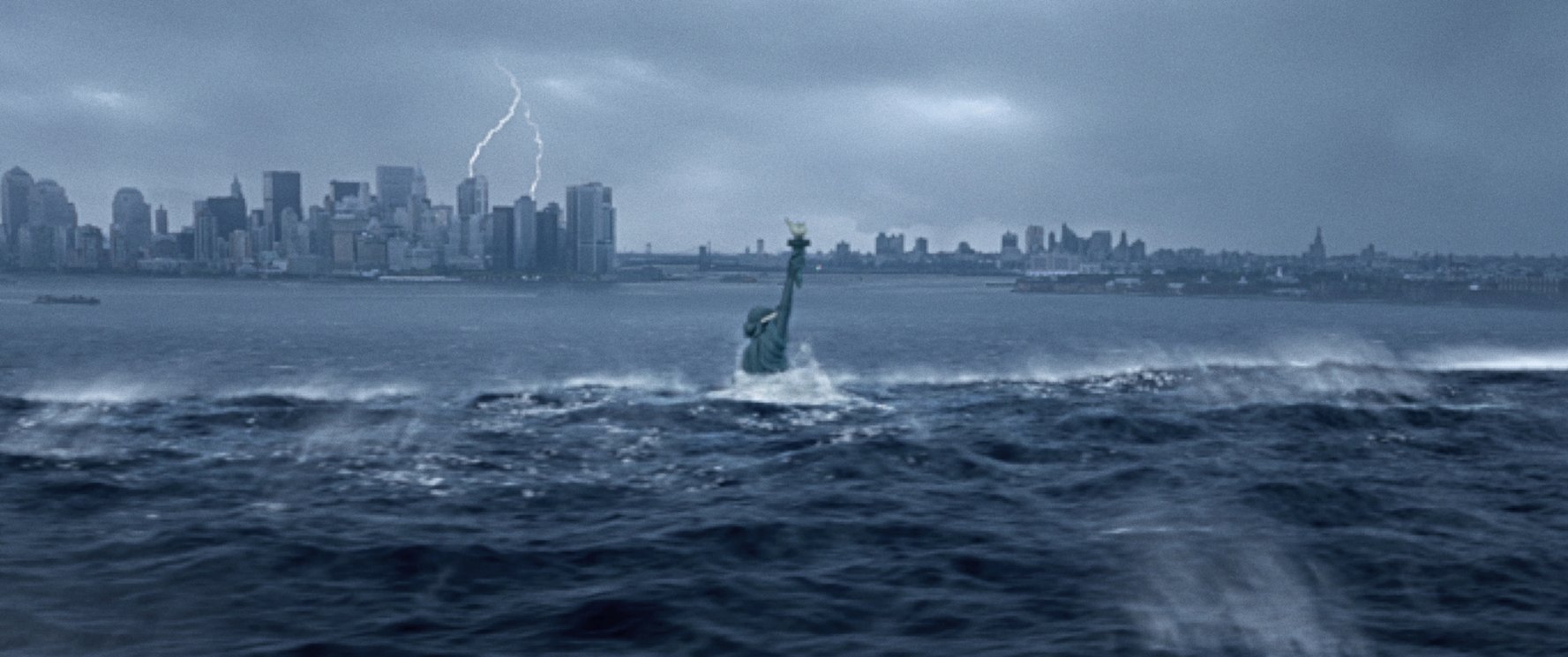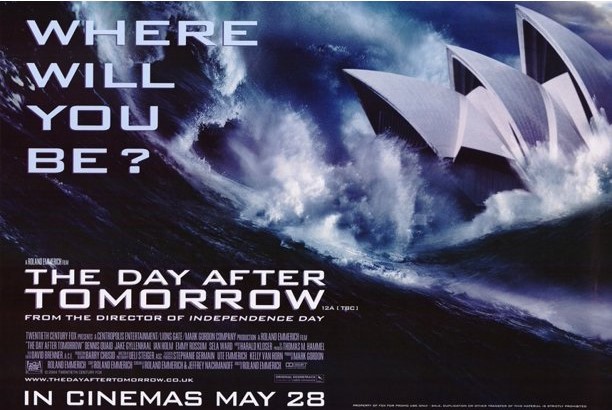
This is a 1977 Australian movie about a series of freak storms in Sidney. It was Peter Weir’s second major film after the success of “Picnic at Hanging Rock” two years earlier. Both films depict the arrival of supernatural or unexplainable occurrences in otherwise totally orderly lives. In “The Last Wave” the plot picks up Aboriginal nature philosophy, according to which time moves in cycles with some kind of extreme natural event to usher in the end of each cycle. The protagonist, who is not an aboriginal but a white Australian, has foreboding dreams of a major flood. The movie leaves it open whether such a flood is really taking place eventually. But in this sequence the protagonist has a vision of a totally submerged Sidney while sitting in his car.
What else I found noteworthy is that the movie depicts the metropolis Sidney as a site of ancient Aboriginal rituals and forces despite its appearance as a “white” and “modern” city. This other cultural and spiritual layer in the foundation of colonial cities like Sidney or New York is a topic that is also picked up in other movies of that era like the horror movie Wolfen from 1981.

